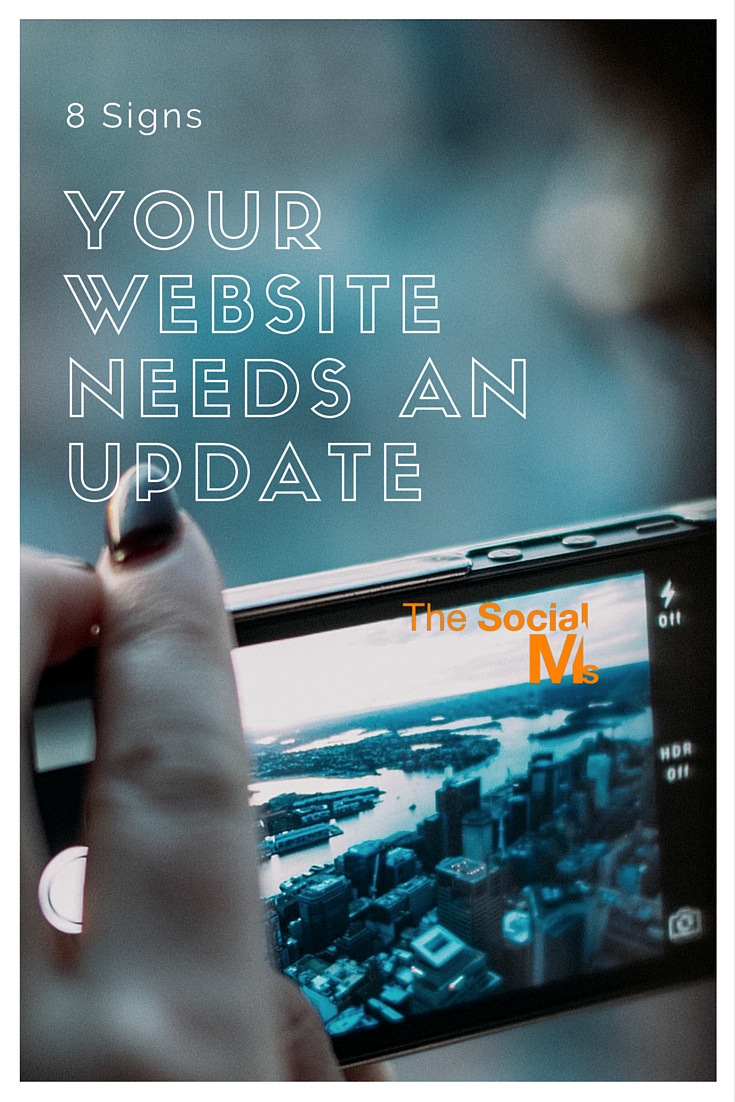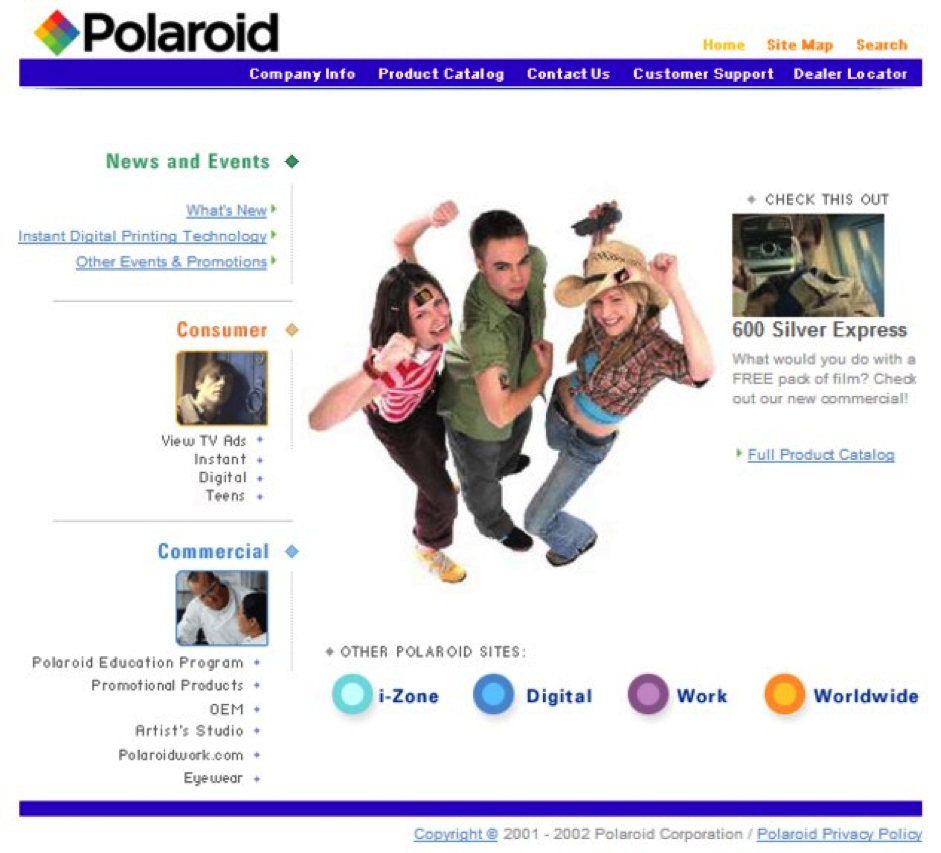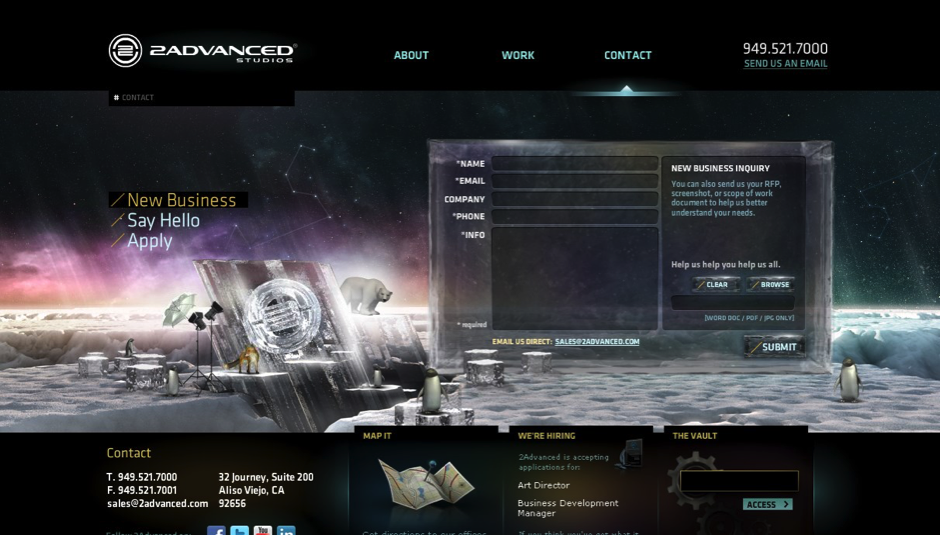The following is a guest post by Elaina Meiser. Elaina Meiser is an enthusiastic blogger who is interested in writing about everything worth reading in the digital marketing sphere. She also strives to share her own perspective about personal and professional development. You can follow her on Twitter.
A website update can be a lot of work, damned expensive or both. For that reason, a lot of us find many reasons (any reason) to put it off. The thing is, ultimately that might cost you more money than it saves. After all, as the market changes, user’s expectations shift. And as they come to expect different things, how they experience your website will shift as well.
And that means that something they might have thought of as smooth and efficient last year, now they’ll see as clunky and backwards today. Similarly, they might start expecting new functions that your site doesn’t yet have. Slowly public opinion will shift against you. You really can’t let too many people start thinking that way. Otherwise, even fans of your brand might start reconsidering whether it might not be time to move on.
For that reason, it’s important to have a set of things that you monitor so that you have a good sense of when your website needs a facelift or a full-on overhaul. Here are eight thinks we think you should keep a watch on.
Before you read on - we have various resources that show you exactly how to use social networks to gain massive traffic and leads. For instance, check out the following:
FREE Step-by-Step Twitter Marketing GuideFREE Pinterest Marketing Ebook
The Bounce Rate
A good way to find out if your site needs an update is by finding out sticking around on your site beyond when they land there. Even better than just looking at whether you have a high or low bounce rate compared to the industry standard, however, is to take the time to find out if your bounce rate is increasing over time or staying steady.
If it’s steady, then the problem might need to be dealt with but isn’t necessarily of immediate concern. If on the other hand, it has begun to rise you should take immediate action. The first step is to find out why.
Perhaps:
- The meaning of your keywords is shifting, and you’re suddenly attracting a different audience looking for different things.
- Your site is starting to show its age and users no longer see it as an authoritative source.
Both of these problems can be fixed by updating your website, though they’re fixed in different ways. If you’re not sure which of these problems you’ve got, consider installing a Google search bar on your website. This will allow you to see what the search terms are that users are looking for. If these do not fit what you’ve got on your page, then it might be that the meaning of your keywords has shifted. If that’s not the problem, then your page may look out of date.
Conversions
Similarly, if you find that your conversion rate is falling or even just lower than it should be, then it might well be time to start working out what’s going wrong there. The best thing to do is to use marketing funnels to figure out where the problem is.
Admittedly, this isn’t exactly easy. Fortunately, extensive guides have been written on how to use them. All you need is your Google Analytics, from where you can then work out how many people are converting from one step to the next so that you can then work out where you’re leaking customers.
And from there you can then start working out what it is you need to do, by studying up on that point of funnel theory. Is it your call to action that’s giving you your trouble? Then you can study the placement, color and wording thereof. Perhaps your purchasing threshold is too high? Well, then you might want to consider using micro-affirmations to bring it down.
The first step to all of these problems, however, is understanding the sales funnel.
Hey, before you read on - we have in various FREE in-depth guides on similar topics that you can download. For this post, check out:
FREE workbook: CREATE AWESOME BLOG POSTSFREE Beginner's Guide: START A BLOG
The Demographics
Do you keep an eye on your demographics? You should, you know. Sometimes the people that use a product will shift. Perhaps a new group of people has become interested in it. Perhaps your old customers have moved on.
If your demographics shift, so their expectations. And you need to make certain that your websites shifts along with it. For example, different colors. Similarly, they might prefer a different layout, with more artistic types preferring minimalistic sites, while a more conservative audience is perhaps preferring something more traditional.
But you won’t know how they’re changing unless you’re watching what’s going on. So keep an eye out for the age, sex and location of your audience as well as what devices they are using as this will teach you a great deal about who your customers are and how you can cater to them.
Your site looks dated
It doesn’t all have to be about the numbers. You can also just look at how your site compares to others visually. Does visiting other sites create a flash of jealousy? Does your site look clunky in comparison to everybody else who is out there – particularly your competitors? If so, well then it’s time to consider taking your site into the shop.
Top sites are constantly enhancing how they look and though it might cost you a bundle to keep up, the statement ‘you have to spend money to make money’ remains true today, especially as your website is your modern-day storefront.
And would you buy vital gear for your company from a site with broken windows?
So don’t have the equivalent of broken windows on the internet.
Your company has changed
Obviously, if your company is changing, then it’s vital that you change your website to reflect that. This can be something as fundamental as your name, your location, or your logo, but it doesn’t have to be.
For example, if you decide to change your marketing strategy, then that has to influence your page as well. Otherwise the transition from, say, social media to your website can be jarring. And any time anything is jarring to the user, you can be sure their appreciation for your website decreases, as they will frequently associate the UX with your brand’s trustworthiness.
Your product has changed
Similarly, if your product has been changed, then that too has to be carried through on your website. There is nothing quite as frustrating for a customer than to find out that they’ve gone through all the trouble of filling in all their information, only to find out that a product or a service is no longer available.
That right there will probably cost you a sale, as chances are good that they will think twice before they select a product that is similar but not the same. And so, any time there is a product overhaul, there needs to be a website overhaul as well, which includes the associated keywords and such so that the product is appropriately placed in the marketplace.
Flash
Are you still using flash? That’s a red flag right there. Flash is no longer the way to go. Often browsers will not support it as there have been countless security risks. Even when it is being supported, Google can’t search Flash, which means that if you’re using it, you’re going to be ranking poorly on SEO.
This is one of those perfect examples of where the market has moved on, and you’re suffering if you’ve allowed yourself to be left behind.
You’re not using Flat Design
Currently, the design style that everybody is using is the ‘flat design’. This is quite minimalistic, where there’s a lot of shorthand being used, through icons and the correct use of space. Here usability, rather than reality is key.
Obviously, that style will be left behind again somewhere in the future. But you can’t wait for that. You do have to stay caught up, particularly if your service is tech-based. So make sure you read up on flat design and if you’re page does not follow that layout, then it’s time to consider an update.
The Sites they are a changing
And you’ve got to stay up to date. That means spending time online, watching both your own statistics as well as what other people are doing. Then, when something is starting to become more and more common, that’s a pretty good sign that you need to implement it, as otherwise there is a good chance that users will feel your site feels dated.
That can be the death knell for a struggling business.
So if things are going wrong, don’t decide to save money by not updating your web page. Try to save that money elsewhere, as your website is your shop front, your sales staff, and your customer service. Therefore, if it appears dilapidated, you don’t get another opportunity to make an impression.





